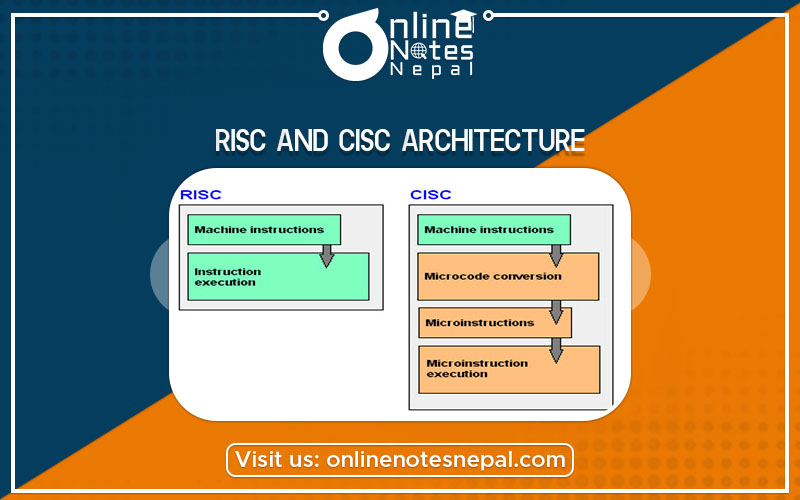Published by: Nuru
Published date: 17 Jun 2021

The architectural designs of the CPU are RISC (Reduced instruction set computing) and CISC (Complex instruction set computing). CISC has the ability to execute addressing modes or multi-step operations within one instruction set. It is the design of the CPU where one instruction performs many low-level operations. For example, memory storage, arithmetic operation, and loading from memory. RISC is a CPU design strategy based on the insight that a simplified instruction set gives higher performance when combined with a microprocessor architecture that has the ability to execute the instructions by using some microprocessor cycles per instruction.
There are 2 types of concepts to implement processor hardware architecture. The first one is RISC and the other is CISC.
RISC Architecture
RISC (Reduced Instruction Set Computer) is used in portable devices due to its power efficiency. For Example, Apple iPod and Nintendo DS. RISC is a type of microprocessor architecture that uses a highly optimized set of instructions. RISC does the opposite, reducing the cycles per instruction at the cost of the number of instructions per program Pipelining is one of the unique features of RISC. It is performed by overlapping the execution of several instructions in a pipeline fashion. It has a high-performance advantage over CISC.
Advantages of RISC architecture
CISC Architecture
The CISC approach attempts to minimize the number of instructions per program, sacrificing the number of cycles per instruction. Computers based on the CISC architecture are designed to decrease the memory cost. Because, the large programs need more storage, thus increasing the memory cost and large memory becomes more expensive. To solve these problems, the number of instructions per program can be reduced by embedding the number of operations in a single instruction, thereby making the instructions more complex.
Advantages of CISC architecture